The Leica M9 was the first full frame digital rangefinder. At the time of its release it was also the smallest full frame digital camera on the market. In fact, it wasn’t until Sony released the A7 series cameras some years later that any other manufacturer came close to building a camera as small with a 24x36mm sensor. To this day, the M9 still has a strong user base and even has a bit of a cult following of people who largely seem to appreciate it for the CCD type sensor that sits at its core.
I didn’t buy mine specifically because it’s small (it was the biggest Leica I owned at the time), or because of the CCD, I bought it because it’s the cheapest full frame digital rangefinder on the used market, and after shooting an Leica M8 for a few months it became very clear to me that ‘full frame’, ‘digital’ and ‘rangefinder’ were four words I really wanted to be able to use when describing a single camera in my collection. What I don’t think I entirely expected was just how much I could get out of a digital camera outside of work.
To give a little more context to what I’m about to write, I should probably also point out that the main thing that’s inspired this review is a decision to sell my Leica M9 to buy the later M typ-262. But I couldn’t let it go before I wrote down my thoughts about it – especially as it’s given me so much enjoyment over the last year or so…
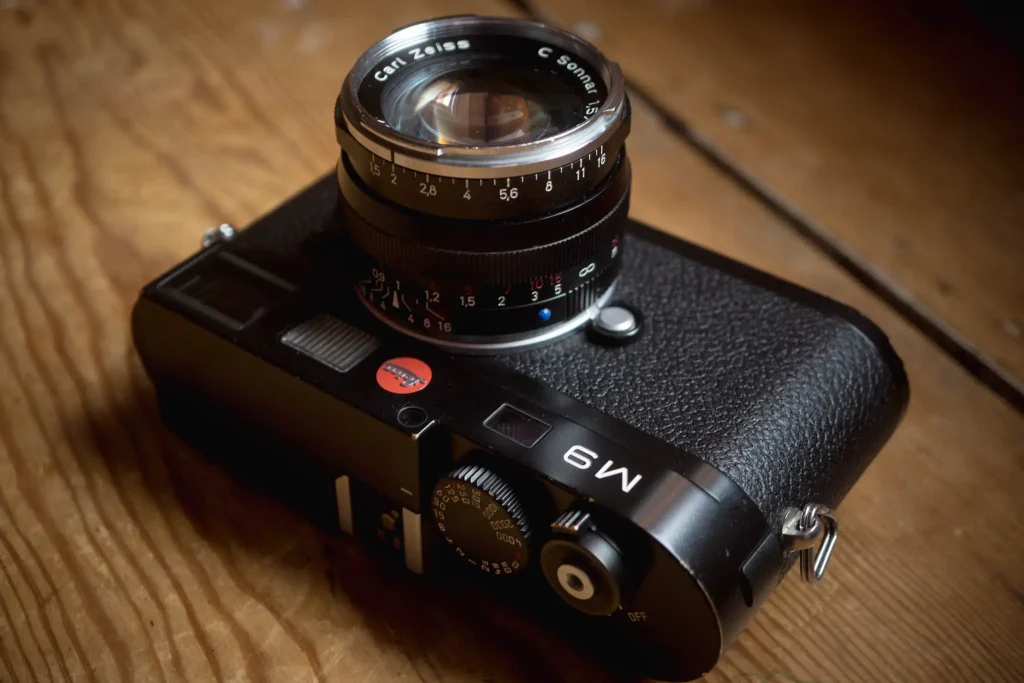
Rediscovering digital
When I bought the Leica M9, it’d been around four years since I’d shot digital with any conviction as part of my hobby. I just became bored of it. The constant upgrades, the over complicated cameras(!!), the low hit rate as a percentage of shot count and the inconsistency in approach to post process. You know the story, it’s the same for a lot of people who broadly consider themselves “film photographers”. We revert to film (or find it as a new medium) as it breaks us out of all of that stuff. The odd thing for me is that as time goes on, I’ve found myself more aware of a stronger convergence of the mediums than I would have expected to find.
My hybrid world
What I suppose I’ve come to realise is that my ideal medium and process is far from a purely analogue one. When I shoot film I scan it to digital, often quite flat, then tweak the files in Lightroom. As such, I’ve never fully embraced what I’d describe as a majority analogue process, and most importantly I’ve never really let go of the stage that involves a period of time on the computer.
What film has more recently provided me with – at least in terms of my post process – is bit of direction in terms of the look of image I’m trying to produce. I know what Portra 400 looks like – or at least what I want it to look like – so when I shoot it and scan it, I have a set end goal in mind.
A bit of film discipline in digital shooting
Quite often this isn’t, or at least wasn’t the case when shooting digital. One of my biggest issues with shooting digital used to be the trap that I think a lot of people fall into of not thinking about the end photo until they’re sat in front of the computer. The “shoot now, worry about the photo later” approach.
This lack of intent is something that’s always bothered my about shooting digital, but having shot so much more film relative to the amount of digital I’ve shot over the last 5 years, I’ve unintentionally trained my brain to better think about the result before I pick up the camera, regardless of whether I’m shooting film or digital.
My point is, what I’ve come realise is that there’s a joy to be had in shooting digital if I approach it in a similar way to how I approach shooting film. Though of course, for me to do this, I need a camera that doesn’t get in my way.
My impossible tastes
Unfortunately, as my tastes for simple film cameras have evolved to the point that even small superfluous features annoy me, finding a digital camera that I actually like has become increasingly difficult.
Much to the horror of some Fuji fans, I made this quite clear in my recent X100f review. The Fuji X100 is a camera that’s often held up high as an great example of photographers camera. Users often talk about their wonderfully simple user interface and ease of use. I found the X100f to be quite irritating to use.
The uncomplicated Leica M9
What’s probably quite telling about my relationship with the Leica M9 is that much of my perspective toward the Fuji was probably influenced by my feelings toward the Leica. By comparison, the Fuji X100f is so profoundly bloated with features I didn’t need, I hardly knew where to start when I picked it up.
If there’s one thing you can hardly accuse the M9 of, it’s being bloated with superfluous features. Actually funnily enough, there are still features I don’t use, but thanks to the way it’s designed they don’t get in my way at all – as I will come back to in a mo, there’s so little need to use the menu once a few very basic preferences are set, that it’s impossible for it to intrude on the simple nature of the camera as an manual and aperture priority rangefinder.
Manual and Aperture priority exposure
The first thing to know about the Leica M9 is that it provides both full manual metered exposure and aperture priority. Coming from a Leica M7 then M8, how it works is very easy to understand. In manual, you have a very simple 3 led meter, and in aperture priority it gives you a shutter speed read out.
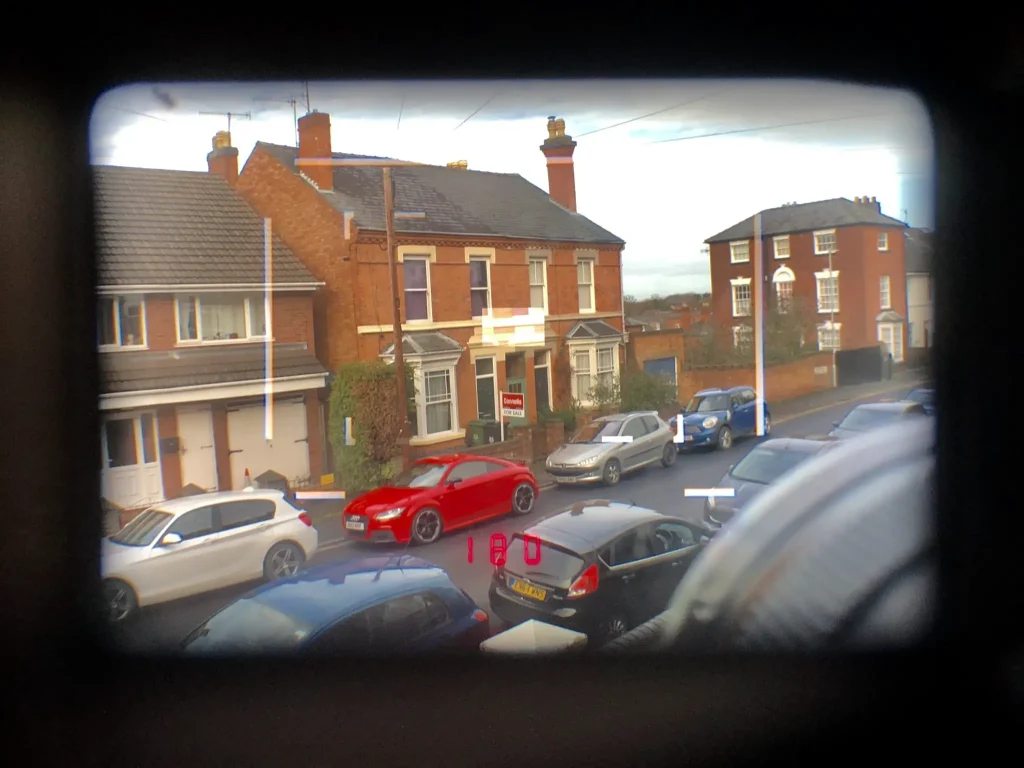
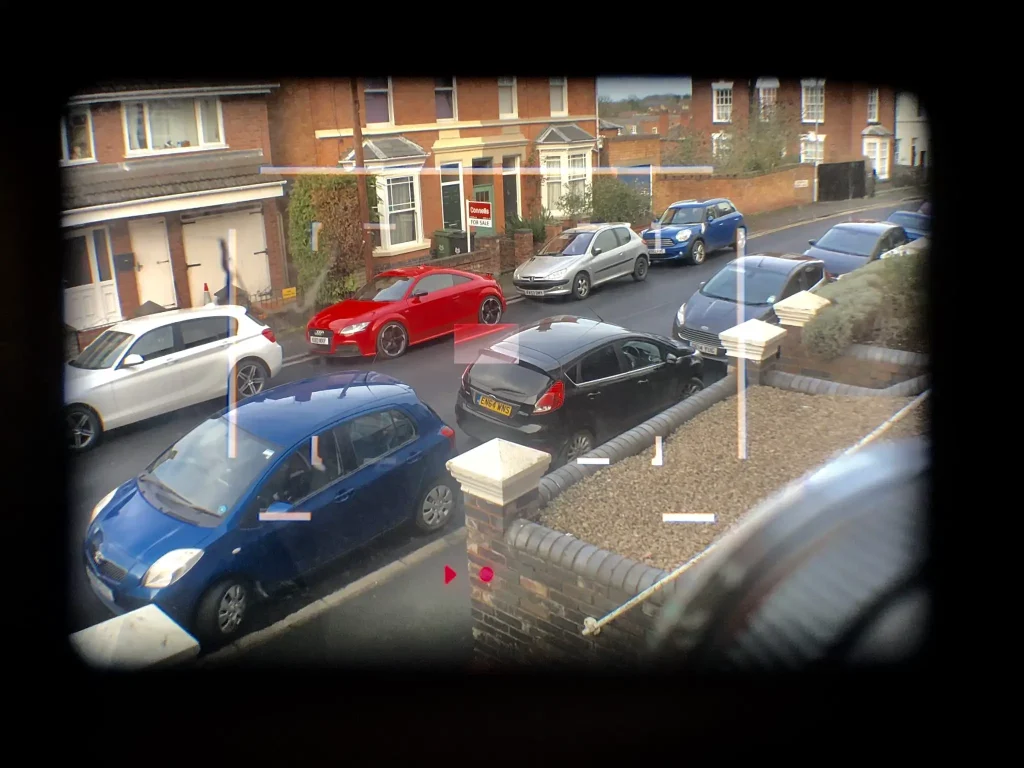
Beyond this basic function, controlling the camera is also wonderfully simple to use. this is easy enough to demonstrate, just be showing you the content of the menus and limited set of controls:
The Leica M9 controls
The limited contents and the way the Leica M9 menu is organised says quite a lot about how this camera is intended to be used. The only thing I use in the main menu is the option right at the top for switching between the lens profiles. Being right at the top, it’s easy to find when I need it too.
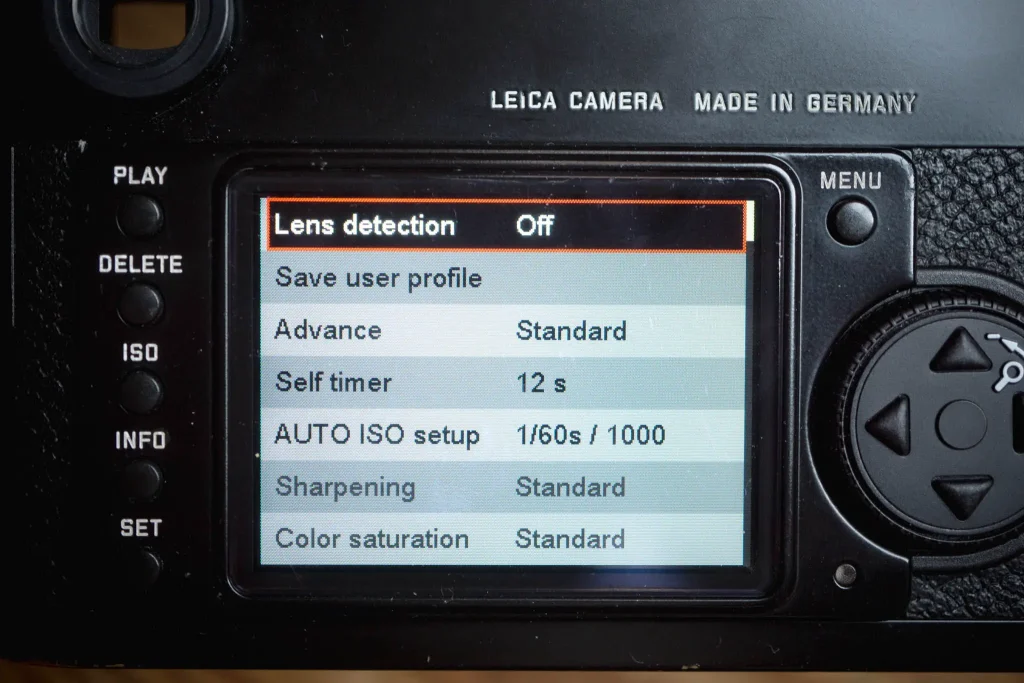
Short of setting how the exposure compensation and auto-iso works, I’ve never used the rest of the menu. It’s all superfluous to me, or at very least it’s set-once-and-ignore type stuff.
The set button
The simplicity of the main menu is built upon by the separate “set” button menu. This additional single screen menu means I never have to go digging around in the main menu. Funnily enough, I hardly use any of the functions in the set menu either, but they are the functions the majority of people might need more regularly whilst out shooting.
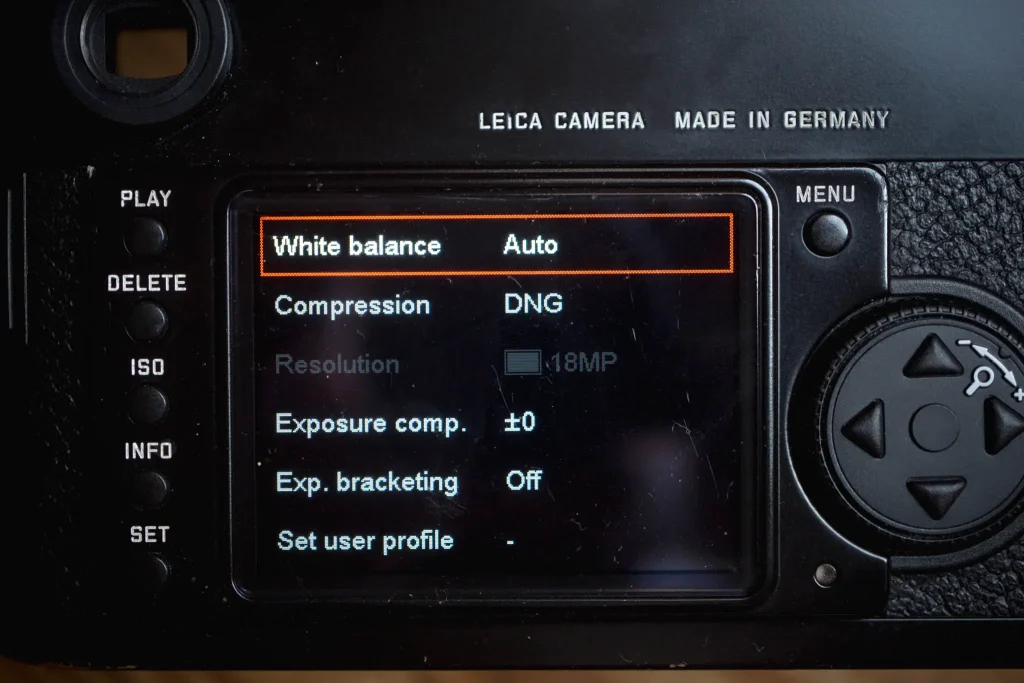
The buttons
The simple menu is one thing that helps keep functioning the camera simple, but actually in use, it’s the sparse set of controls that helps prevent the Leica M9 from getting in the way for me. The top plate has nothing more than the on/off switch that allows setting single, continuous and self-timer, the shutter button and shutter speed control.
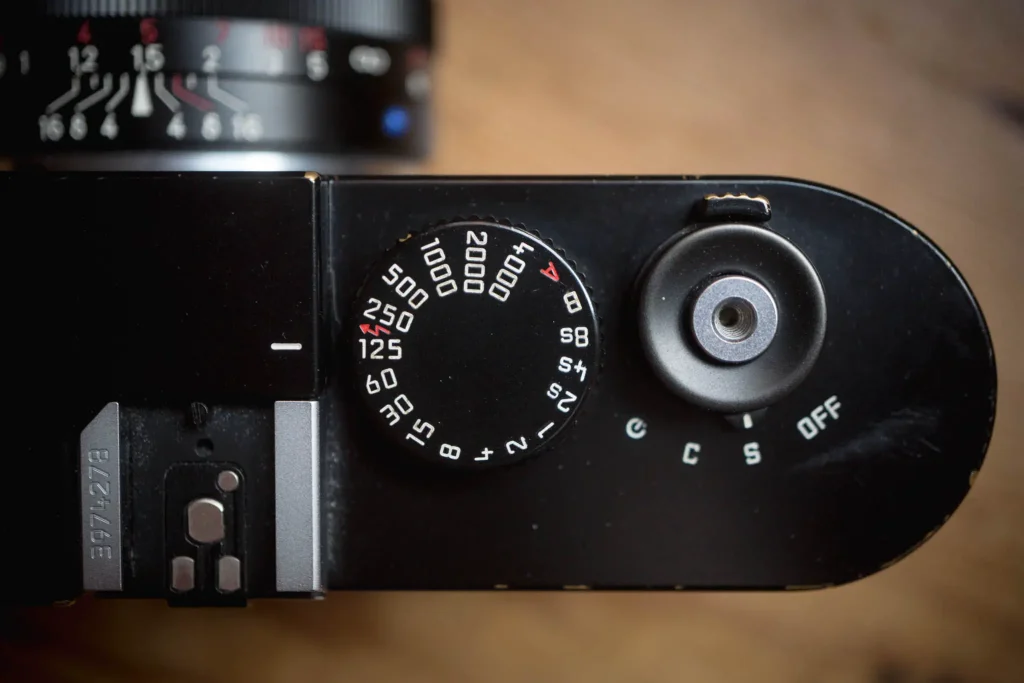
The rest of the primary functions have labelled buttons. No confusion around button customisation here – these buttons have sole and fairly obvious functions.
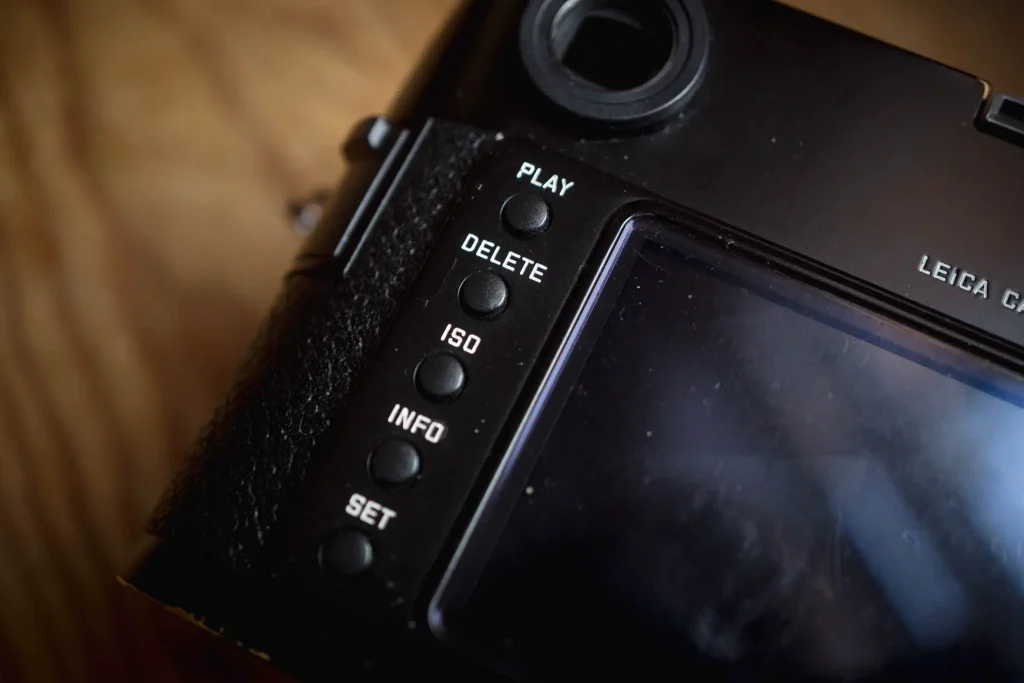
ISO controls
The most complicated thing about setting the ISO on this camera is having to go into the menu to set your auto-ISO preferences. This is just a case of setting the maximum high ISO and low shutter speed you are happy for it to use. Once set up, the ISO button opens a screen of ISO settings (including Auto) – it does take a moment to work out that you have to hold the ISO button to change the setting, but beyond that, it’s very easy to use.
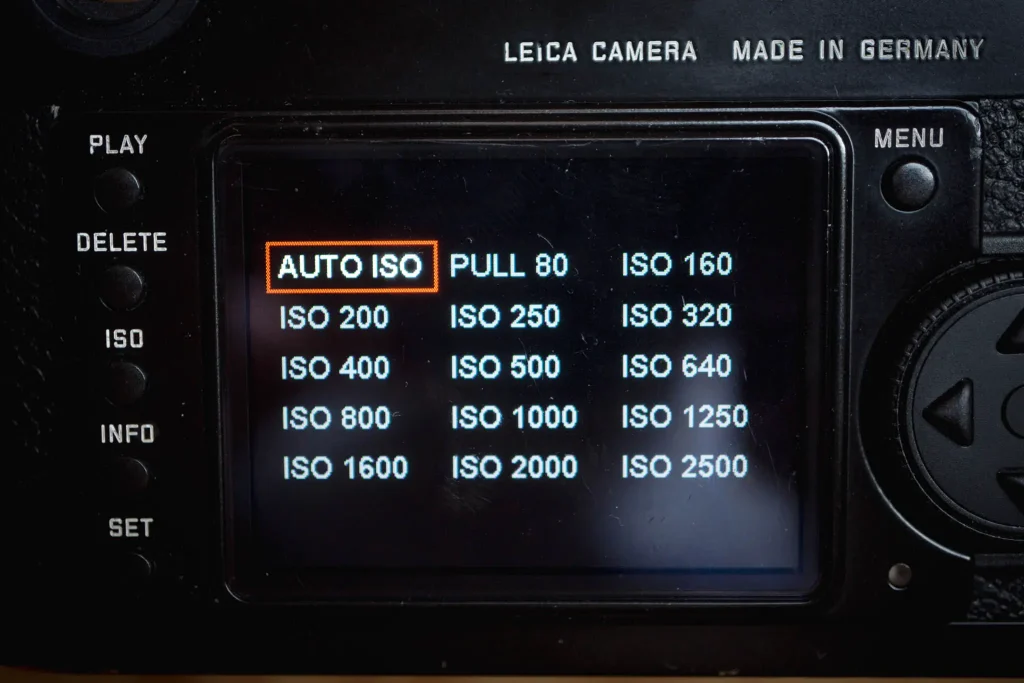
The info button
The info button amounts to a small but perfectly formed feature for me – press it and it tells you the battery and amount of frames you have left on the memory card. I have pressed that button each and every time I’ve picked up the camera to leave the house with it.
Fiddly exposure compensation
Unfortunately, all is not quite perfect with the interface, though thankfully, the issues I’ve found are far from insurmountable. The single major usability issue I’ve found with the controls themselves is with the way the exposure compensation works. There are a couple of options in the menu, but none of them feel quite perfect. If you want to be able to adjust the exposure compensation with the camera to eye, the best option is to set it so rotating the jog dial changes it. The issue with this is that it’s not that comfortable to do with one hand.
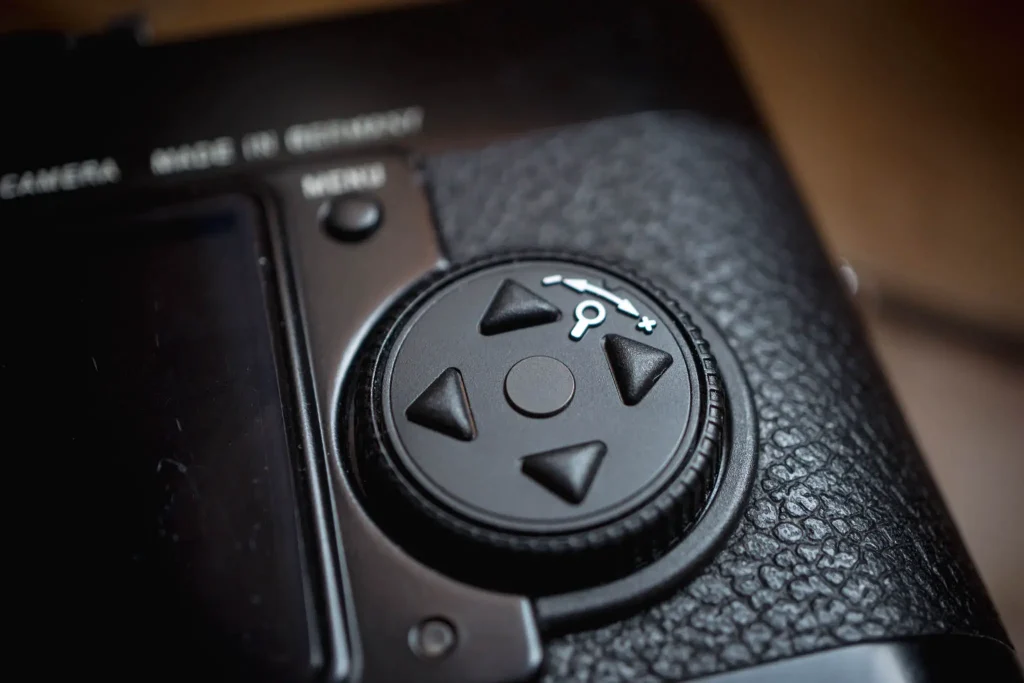
Fortunately, thanks to the easy to understand centre weighted meter, and the ability to lock exposure with a half press, I don’t use exposure compensation that much, but when I want to, I have found the jog dial annoying.
The shit screen
Additionally to the poor control over exposure compensation, the screen on the Leica M9 is basically shit too. Really shit in fact. It’s overly contrasty, and need to be looked at from an angle to get the best idea of how the image will look when you put it on to the computer. It’s also really low resolution, so is piss poor for determining sharpness in taken photos.
But actually, as I will get to when I review my Monochrom, neither of these issues are really that prohibitive for normal use for me. I quickly got used to not relying on the screen for knowing what the photo would actually look like and just used it as an occasional reference for checking composition – though, being a regular film rangefinder shooter, even that isn’t something I bother with too often.
As for screen sharpness, that’s not an issue for normal photography for me either. Rangefinder photography comes with a whole chunk of trust in ones instincts when it comes to focusing. Whilst you do of course have an aid in the viewfinder, unlike an SLR you can’t actually “see” focus. As such using the screen to check just doesn’t really feature in day to day use…
Testing lenses
…that is, of course, apart from the times when you wish to check if a lens is focusing properly. Unfortunately for my relationship with the M9, this has been something I’ve found myself doing with increasing regularity.
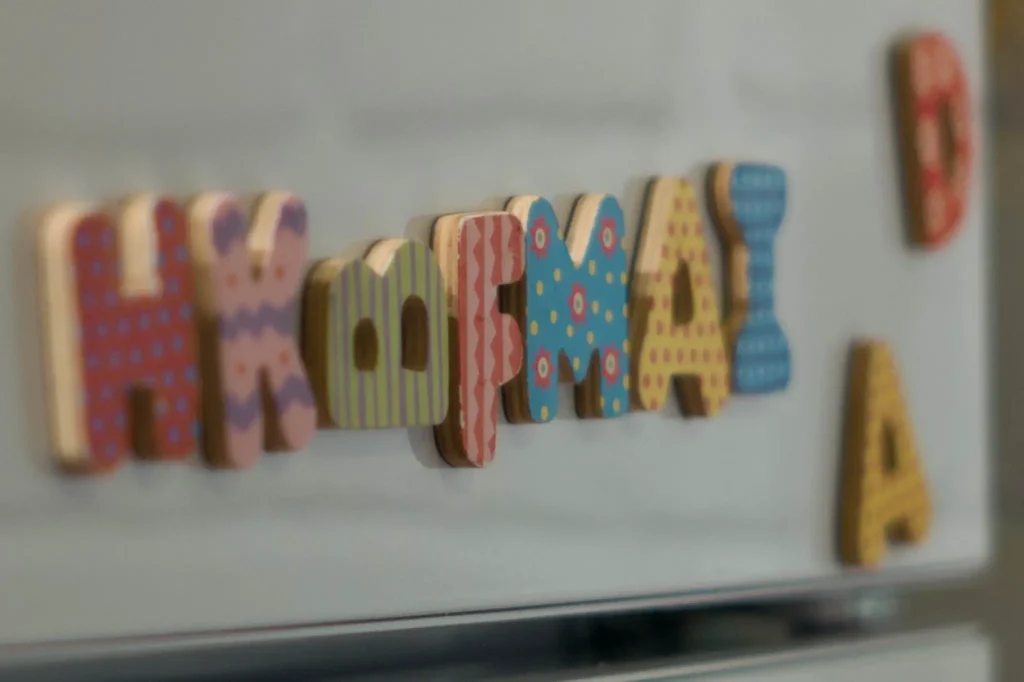
If you read this blog often, you will have seen a dramatic increase in me testing and playing with lenses. Processes like determining how well a Jupiter-8 lens is focusing, or indeed testing the reliability/accuracy of the 7Artisans 50mm f/1.1 lens are examples where I found it a right faff when the screen on the back of the camera isn’t good enough. It should be easier to be able inspect focus on a camera rather than having to put the photo onto a computer after each shot is taken – with the M9, it really isn’t.
The gist here is, if you use the screen on the back of your camera a lot – you’re not going to like the Leica M9!
Nonspecific enjoyment
What the above amounts to pretty much the the sum total of functionality the Leica M9 provides. As you can see, if anything, especially compared to most modern digital cameras, the M9 could probably be considered to lacking in functionality. But whilst that might sound like a bad thing, I personally find cameras that are lacking features so much easier to get on with than cameras that offer me too much. As I have mentioned a fair few times on this website now – not least in my post about the Lure of the Uncomplicated Camera – I find limitations appealing, and not a hindrance.
Image quality
Working with the Leica M9, it’s functionality isn’t the only limitation. The fact that it has a now quite elderly CCD sensor at its core also provides limitations, and possibly(?!) advantages too.
Despite a feeling of reluctance to go here, I don’t think a Leica M9 review would be complete without mentioning the CCD. As I alluded to at the beginning of this post, it still seems to be one of the primary reasons Leica M9 users state as a reason to own and shoot with this camera. I actually had a bit of a rant about this in relation to the M8 – you can read that post here.
The gist of my rant is that whilst many people seem very quick to attribute the quality of the images the Leica M8 is capable of to the CCD, very few people seem to know enough (if anything) about the technology to state specifically why it’s the use of a CCD that creates nice files above and beyond anything else in the image making chain. I’m yet to see a convincing answer to the questions I asked in that post, though I have learned one interesting nugget about the CCD in the M9 which I’ll get to in a mo. If you know more about CCD technology, or have any links to interesting resources, please feel free to comment below!
To me, the use of a CCD in the Leica M9 is not something I would specifically seek one out for – I don’t really care about the tech in the camera as long as I like the images it produces. The fact is, one way or another, I’ve really enjoyed working with the Leica M9 images I’ve shot – the colours and tonality of the DNG RAW files definitely have a charm.
Out of camera they are quite flat by my tastes, and sometimes fairly murky in lower light. The benefit of this is that they feel easy to work with and somehow seem to come to life with ease in lightroom. They are also undoubtedly of a high quality, even by today’s standards – I’ve found them to have room for manoeuvre where I need it, without just being almost infinitely malleable like the files out of my Sony A7rii (for eg). That being said, it’s definitely worth acknowledging that the Leica M9 is not without its image quality foibles.
Corner/edge performance
All digital Leica rangefinder cameras are unfortunately susceptible to colour shift toward the edges of the frame. This is most often when shooting with wide angle lenses since the angle of light exiting the the rear of the lens is at such a steep angle it’s not compatible with the nature of the digital sensor. Modern Leica lenses come coded in a way that tells the camera how to compensate for this issue. Older and non-Leica lenses don’t. The answer is to either set the camera manually to a lens profile that best compensates, or to use post-process profiles. I quickly learned about this issue when I got back from a holiday just after I bought the camera…
Though my very brief tests proved fairly inconclusive, the colour shifting effects of using some wide angle lenses on digital rangefinders is apparently less of an issue when shooting with a Leica M9. I’ve been told that this is specifically because of the design of the CCD sensor.
Slight occasional magenta shift
Colour shift into the corners isn’t the only type of shift that is exhibited by the Leica M9. Given the right (wrong) type of light, I’ve found myself faced with overly magenta shifted skin tones, specifically in people’s lips. This hasn’t been a regular occurrence, but there’s definitely something a little out of whack with the files, especially in low and mixed light.
Low light
That being said, I have had some really nice results shooting in low light. As I demonstrated here, the low light performance has proved more than adequate. With some tweaking using Lightroom’s camera profile adjustment tool, I managed to get some images I really liked.


Yes, it’s fair to say that higher ISO images have a fair amount more noise than modern cameras. But for my tastes, and indeed my approach to shooting in lower light, the noise hasn’t really been an issue apart from In especially difficult lighting. For me, it comes back to the limitations the camera and it’s elderly CCD imposes. If you’re looking to shoot in low light, using high ISOs to boost the available light to look almost like daylight, this camera is not going to suit you – you’re much better off with a modern CMOS sensor based camera. On the other hand, if you’re happy with a lower key image that’s more authentic to the lighting in the scene, you might find the M9 to be perfectly adequate.
Short of me repeating myself, you can read more about my thoughts using the even more limited Leica M8 here. In short, working with these older cameras is all about approach and expectations. After all, if you shoot film, your expectations for low light shooting are going to be completely different to those from a modern digital camera – but that doesn’t necessarily mean film can’t be shot in low light. The same rules apply when using the Leica M9 – accept the limitations, embrace them in fact, and good results can be achieved!
Leica sensor replacement
Whilst on the subject of the sensor, it would be remiss not to mention the dreaded sensor corrosion issue the Leica M9 has suffered given age. There’s stack about this online, so I won’t bore you here – search google if you’re interested. The gist, if you fancy buying one of these cameras, look for one that’s had its sensor replaced by Leica. Leica ran a free sensor replacement scheme for a while, but if you want the work done now, it’s about £800(!). If the previous owner doesn’t have a receipt for the work being completed, email Leica – they have record of all the cameras that have had the work done.
Why am I upgrading to the typ 262?
Finally, since I’ve just “upgraded” to the typ 262, it seems I should touch on my thought process behind taking that step. Let me first say, shooting the Leica M9 has been an absolute joy over the last year or so. There really is something quite profoundly enjoyable about shooting a digital camera with so few features. This has actually been one of the main reasons I’ve decided to give the typ 262 a go. Without going into too many details, despite be a generation newer, it has less features than the Leica m typ 240 that superseded the M9. The 240 really has never appealed to me – it’s fat and it’s overweight proportions are telling of its bloated functionality. If there’s one thing I don’t need in a rangefinder camera, it’s video…
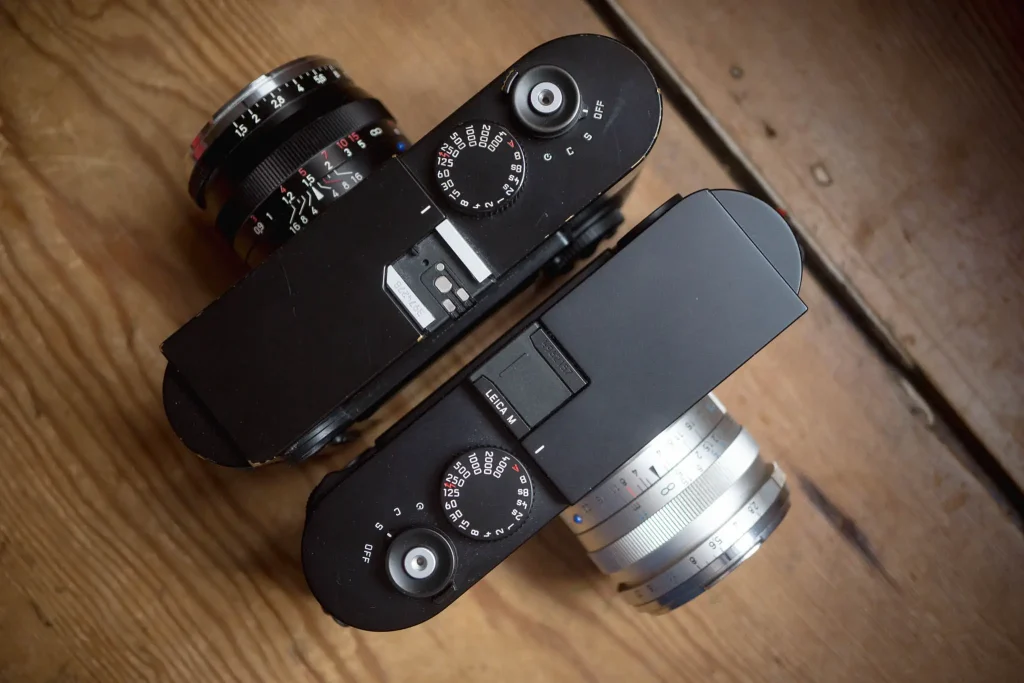
The typ 262 harked back to the simplicity of the Leica M9. It too has a very simple menu – in fact it has less pages of options than the M9. It also has a little thumb wheel for changing exposure compensation. I have yet to discover if this completely fixes the minor interface issue for me, though it will undoubtedly be something I come back to when I share my thoughts about the 262. Finally, the 262 also has a stunningly better screen. On the first day I had the camera I used it to tweak the focusing on one of my 7Artisans lenses.
The black paint finish
I should also mention one possibly shallow but nonetheless quite important deciding factor in my thought process to upgrade my Leica M9. That being, I really hate the satin black paint finish – it’s slight brassing just looks shit to me. Though I suspect that within some circles, that alone could be the single most controversial things I’ve said in this review… each to their own, but I much prefer the black chrome look.
Some more photos



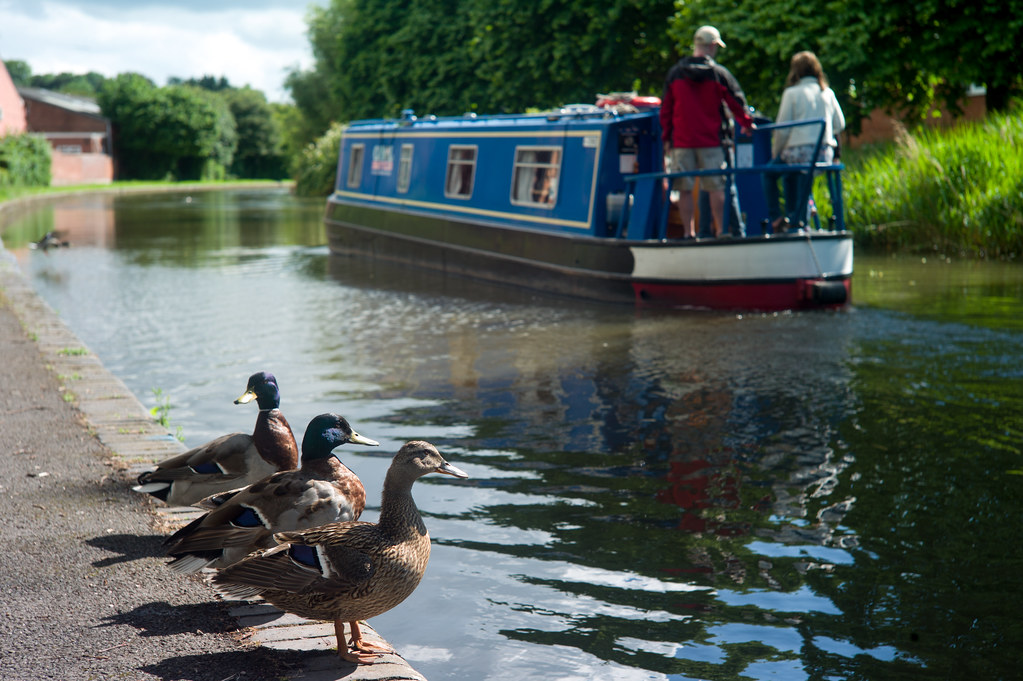

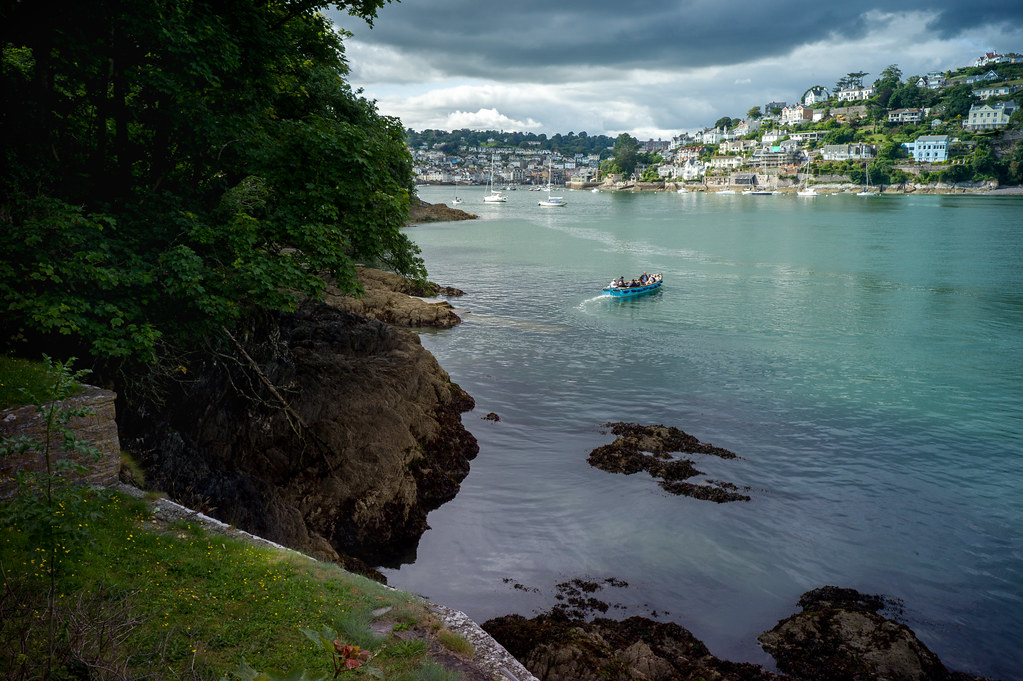
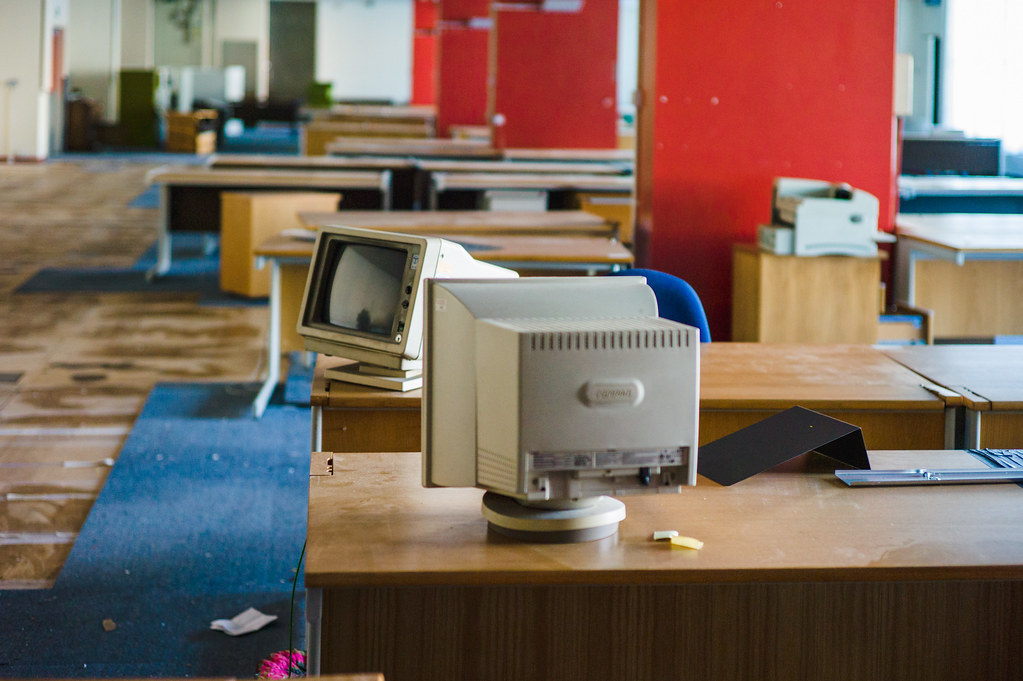
Skip to the end
If you’ve spent any time reading online about the Leica M9, you’ll find lots of commentary about it still being a viable camera, even today. To my mind, this goes without saying – especially taking into account the cameras that have had their sensor replaced by Leica. When mine had its sensor replaced it was also given a CLA (I suspect this was Leica’s standard approach to the sensor upgrade scheme) – of course this doesn’t mean it’s a new camera – but I’d bet it helps its lifespan. As such, I’d say buying an M9 in 2018 is a fairly safe bet (provided you confirm the sensor has been replaced).
Of course, being an 8 year old design, it goes almost without saying that it falls short of some modern standards. Then screen on the back being the most obvious sign of its age. It really is very poor, and is definitely only vaguely useful for checking composition. And if you’re looking for all the modern conveniences such as live view, video, 4,007 various modes and 63 customisable buttons to control it all, you should probably buy a Sony camera instead.
Even the lauded CCD at its core – whilst capable of some excellent quality output – isn’t exactly cutting edge. It’s quite eccentric to shoot with for a start, and if you’re a low light junky used high ISOs that are clear of noise, again, you’re probably advised to look elsewhere.
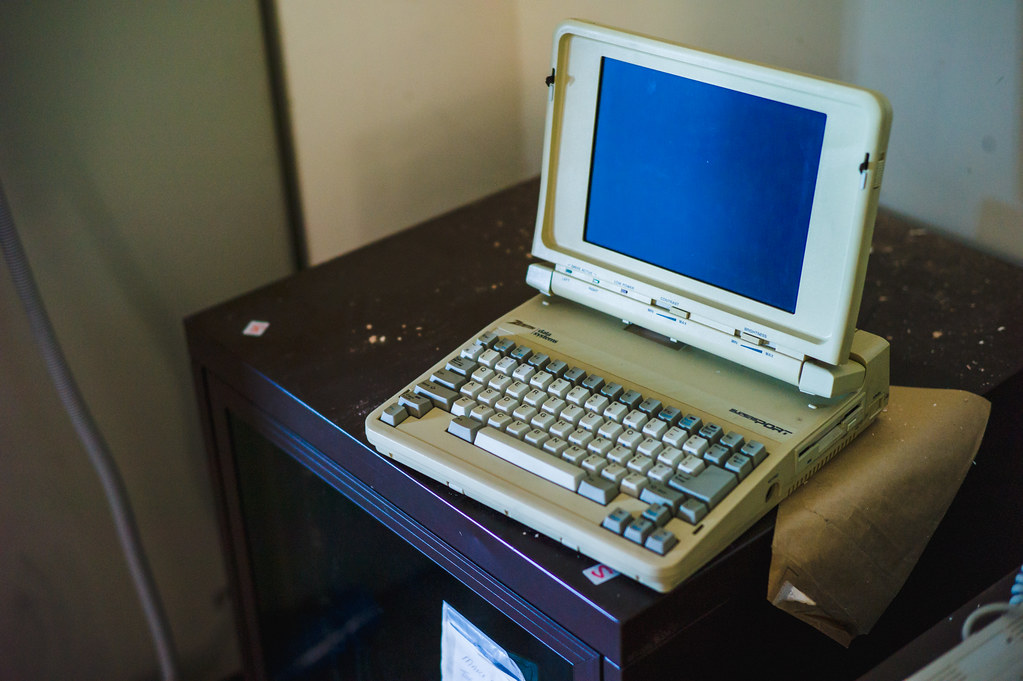
But really, none of this feels especially relevant when judging the Leica M9. Its beauty is entirety in its simplicity and embracing the limitations it imposes. I don’t suppose for one minute there is a single rangefinder shooter out there that labours an opinion about rangefinder cameras being perfect for every type of photography.
By their nature, rangefinders are limited use cameras, and at least in my world, the best of them provide a simple uncluttered and distraction free approach to photography. In this sense the Leica M9 manages to completely encapsulate what I enjoy about shooting a rangefinder – be that film, or digital. Not once since the day I picked it up for the first time have I felt inhibited by it, if anything I’ve felt empowered by it – it’s even helped me rediscover a genuine joy in digital photography.
I will be sad to see it go. But as someone who doesn’t feel particularly attached to the CCD, I feel like the Leica 262 can just round off the couple of very minor and quite personal issues I have more recently found in using my Leica M9. If it wasn’t for the fact that the 262 was also designed to be a very simple camera, I don’t think I’d have bothered with the “upgrade”.
Ultimately, I can say with some certainty that whilst it’s far from being the best digital camera by the standards of modern dynamic range, high ISO quality and all that guff, the Leica M9 still manages to remain of one of the best digital cameras I’ve shot with!
Share this post:
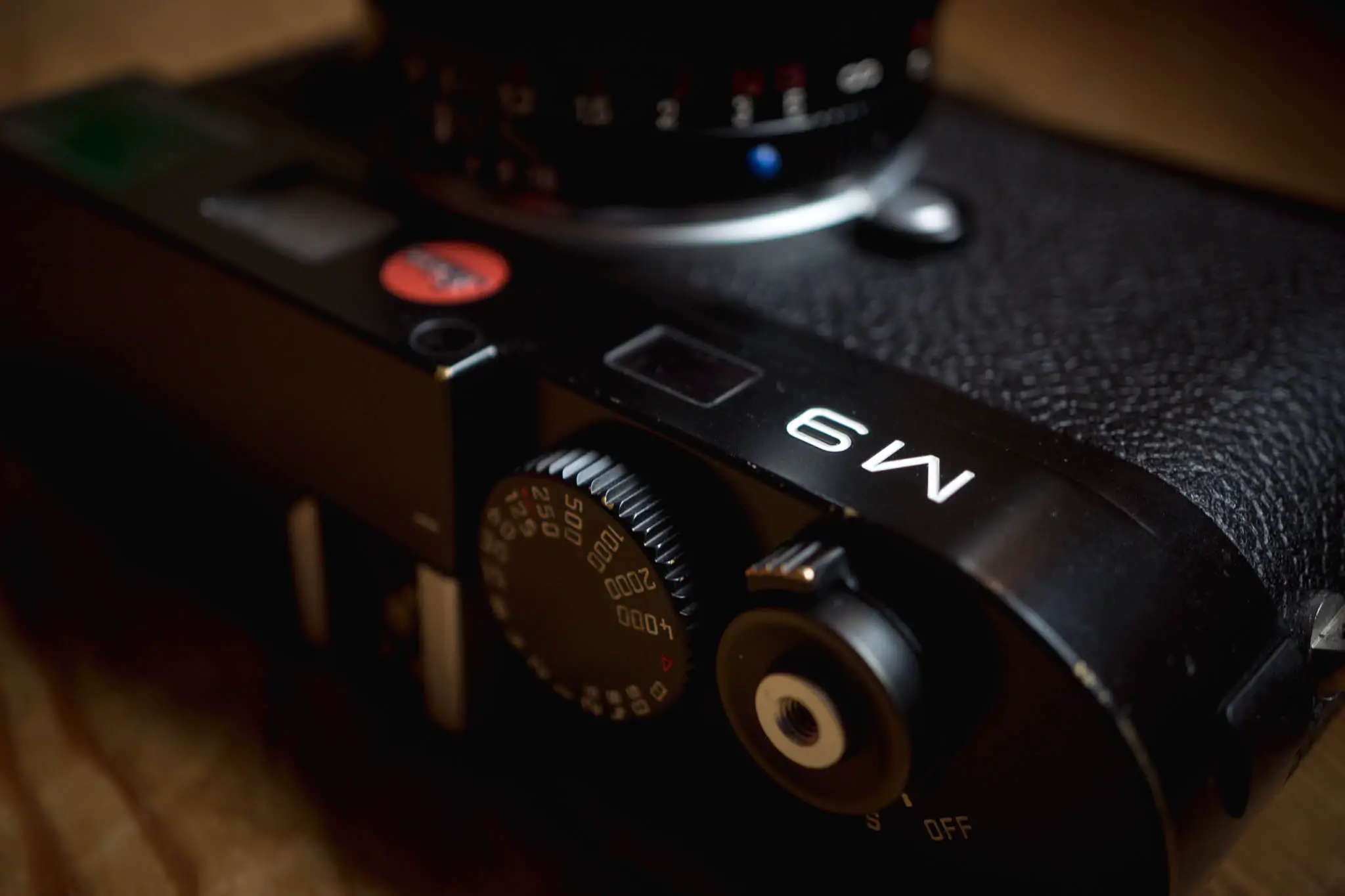
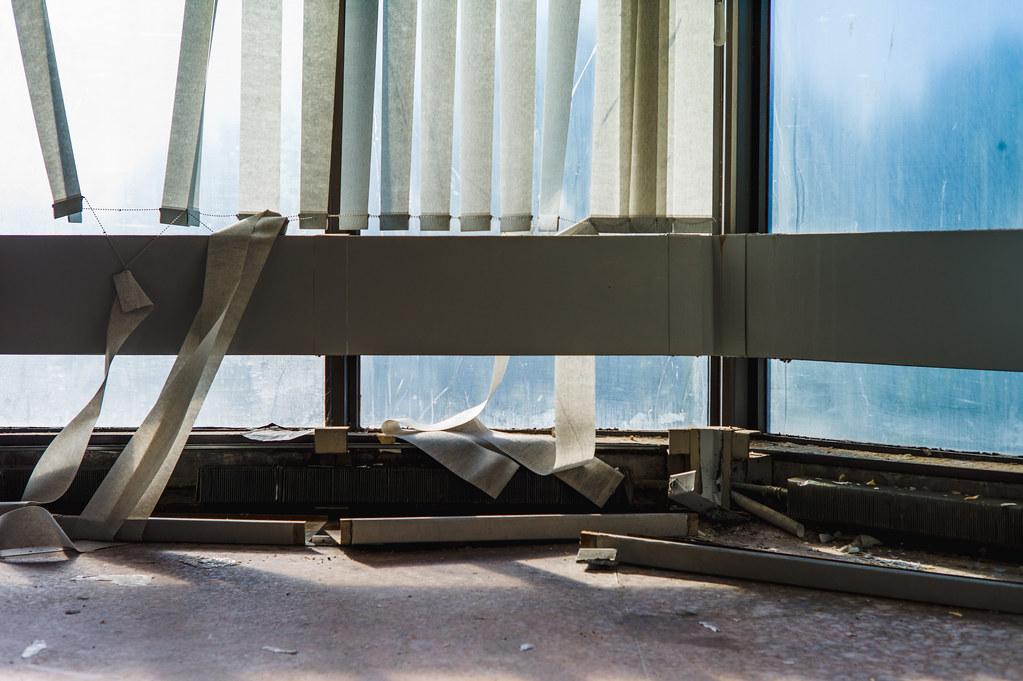

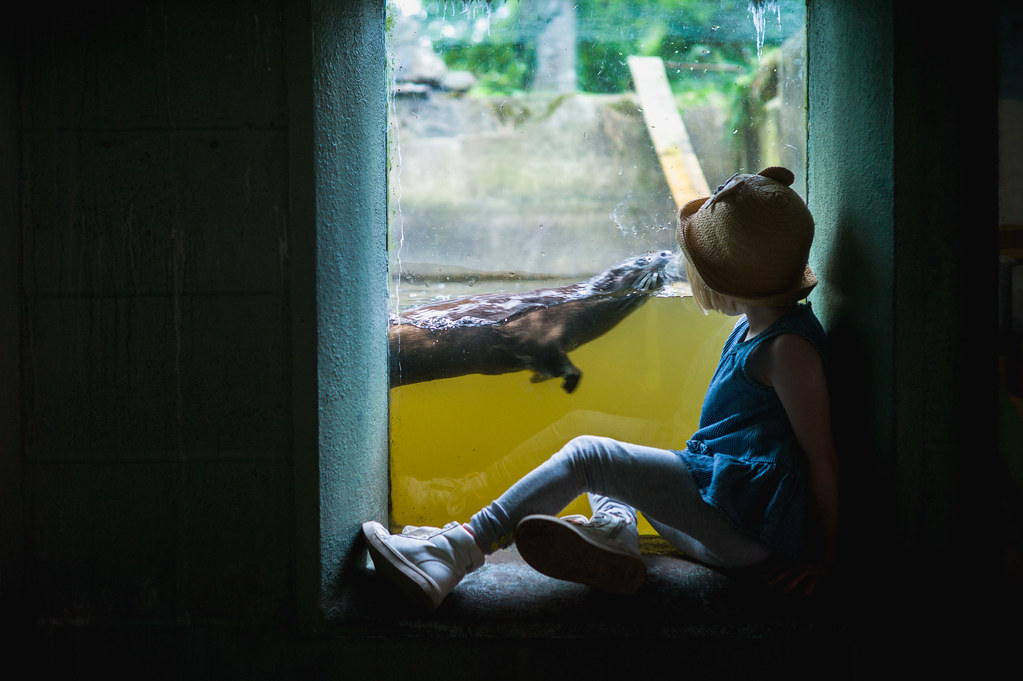
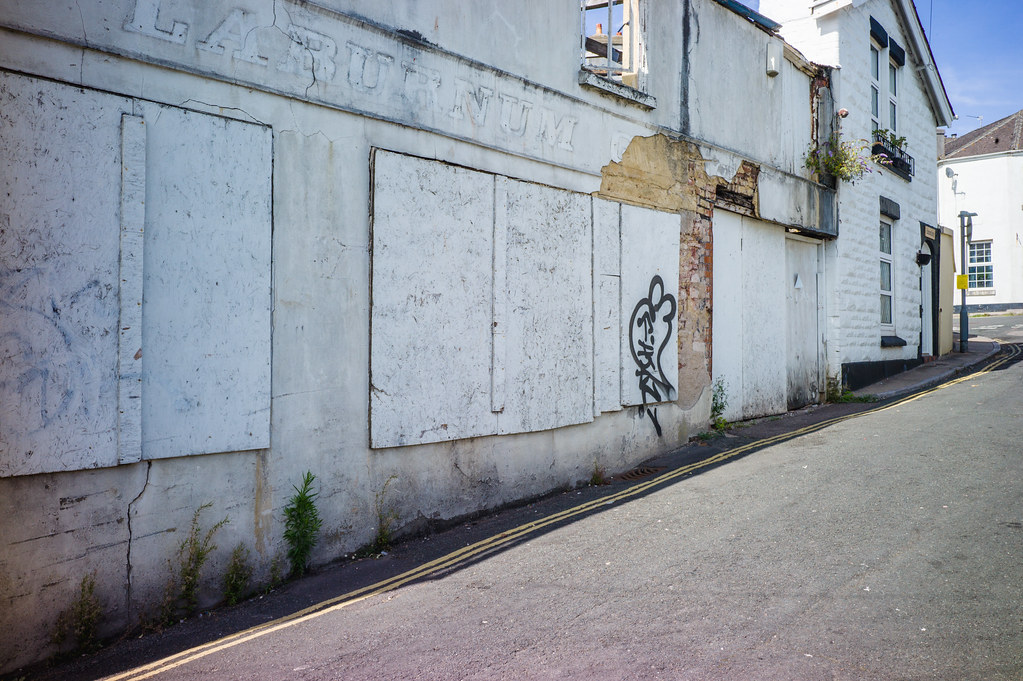
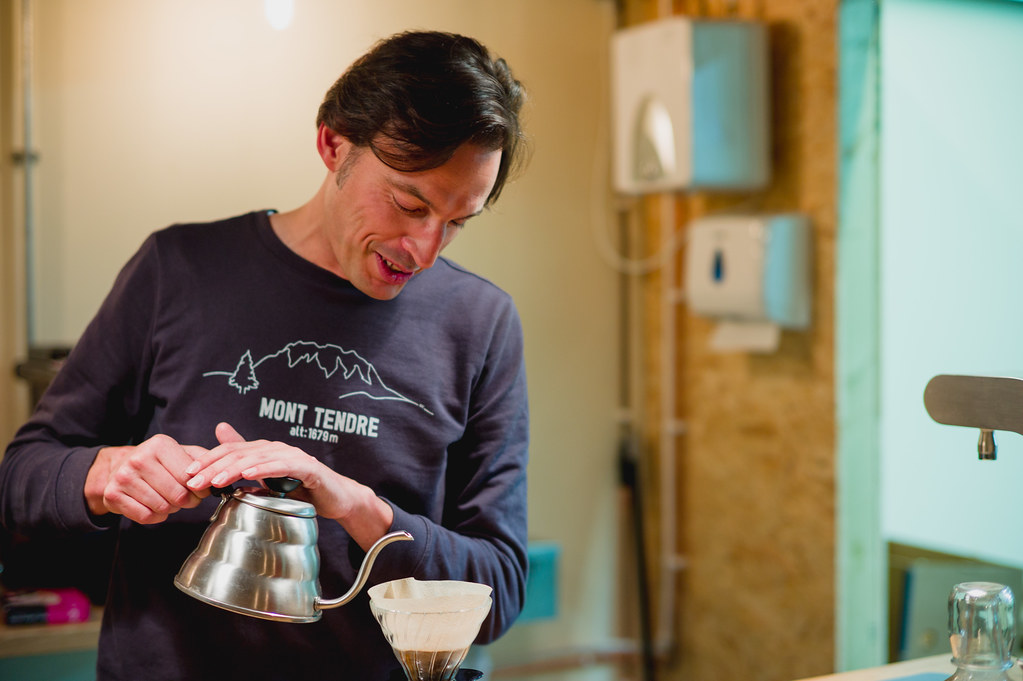








Comments
Nigel Roberson on Leica M9 Review – Rediscovering a Joy in Digital Photography
Comment posted: 31/12/2017
Comment posted: 31/12/2017
Comment posted: 31/12/2017
Comment posted: 31/12/2017
Comment posted: 31/12/2017
Barnaby Nutt on Leica M9 Review – Rediscovering a Joy in Digital Photography
Comment posted: 31/12/2017
As you know, I've recently bought the Monochrom version of the M9. This takes this simplicity you describe here a step further both when shooting and in the processing stage. I use it in exactly the same way as my M6. Once out photographing, I have confidence that framing and focus will be exactly as expected and provided that I've dialled in a little (-2/3 stop) of exposure compensation, then the only controls I'll touch all day are the aperture ring and occasionally shutter speed dial. I only ever use the screen for looking at the histogram if the lighting was particularly tricky.
I look forward to more of your thoughts on it.
Comment posted: 31/12/2017
Comment posted: 31/12/2017
Comment posted: 31/12/2017
Colin West on Leica M9 Review – Rediscovering a Joy in Digital Photography
Comment posted: 31/12/2017
Other than its expense, have you considered the M-D? I'm really going to try and curtail my GAS, save some money and see if one of those is at all possible in 2018. I just like the thought of a digital that is stripped of all excess.
Comment posted: 31/12/2017
Evan Bedford on Leica M9 Review – Rediscovering a Joy in Digital Photography
Comment posted: 01/01/2018
But the A7s craps out in cold Canadian weather, so I recently got a Leica M4-P (still keeping the Sony for the warm weather). Much more ergonomically appealing than the M8. In fact, the M4-P has my vote for the best "fondle quotient" when sitting in front of the tv at 6:30 in the morning with a cup of tea. It has an even better FQ than the old Xpan that I used to have, and that's no faint praise!
Comment posted: 01/01/2018
Adam Bonn on Leica M9 Review – Rediscovering a Joy in Digital Photography
Comment posted: 01/01/2018
I recently picked up an M9. Liking it very much, I’m finding that the limits of the sensor work very nicely with the “limits” (sic, I mean compared to my modern digital cameras) of shooting with it.
It’s a bit like a simple car with a lot of mechanical grip and no driver aids - great fun on the right road (please forgive the wonky simile)
I can’t really put my finger on the CCDness... maybe something along the lines of it has clarity slider adjustments built into the native file!! CMOS files sometimes seem soft until you zoom in on them, whereas CCD ones seem to look better at normal viewing distances. (I mean pre-PP)
It’s probably all in my imagination.
I think perhaps the pixel pitch is a good size compared to today’s high mp sensors and that adds to the charm of the images
Anyway, thanks again I enjoyed your article
Comment posted: 01/01/2018
Neil Woodman on Leica M9 Review – Rediscovering a Joy in Digital Photography
Comment posted: 01/01/2018
Comment posted: 01/01/2018
Comment posted: 01/01/2018
Dan James on Leica M9 Review – Rediscovering a Joy in Digital Photography
Comment posted: 01/01/2018
I relate to much of your quest for the ideal hybrid(s) between film and digital, and have been on a similar adventure the last year or two.
A Leica M9 is somewhat beyond my budget, but I’ve found a great deal of pleasure from using an old Pentax K10D DSLR (also with CCD sensor!) with vintage M42 and K mount lenses, and more recently Ricoh digital compacts.
Have you tried any of the Ricoh GR Digitals? I have the GRD III and a GX100 (24-72mm zoom equivalent, in effect) and the user interface is fantastic, somehow finding an ideal balance between depth of features and instinctive simplicity in use. Plus they’re very compact and handle very well too.
There’s so much to be said for simplicity in a camera, it seems only Leica these days are really catering for this in the digital market... There must be a huge market the manufacturers are overlooking in packing cameras with ever more features.
Comment posted: 01/01/2018
Comment posted: 01/01/2018
Comment posted: 01/01/2018
Comment posted: 01/01/2018
Comment posted: 01/01/2018
Les Murdoch on Leica M9 Review – Rediscovering a Joy in Digital Photography
Comment posted: 02/01/2018
Having said all that, I agree with just about everything you've said about the M9, particularly about how easy the files are to work on. I'm often amazed how easy it is to get a great result with just a few clicks and if you need to fiddle about to get the desired outcome, the files can take it. This is exactly the opposite of my Sigma DP3 Quattro where things rapidly go wrong if too much processing is required.
Comment posted: 02/01/2018
Peter on Leica M9 Review – Rediscovering a Joy in Digital Photography
Comment posted: 02/01/2018
I often equate it to recording music. If you'll bare with my explanation. Much like film, musicians while recording are often trying to hard to recapture the feel of older recordings, when everything was recorded to tape rather than digitally on computers. There is a vibe and character to tape, that digital just doesnt quite have. There are emulators to make digital files "sound" like tape, in the same way there are things you can do to digital files that make them "look" like film. At the end of the day, to me anyhow, they just kiiiiiind of miss the magic. BUT, much like in the way most peoples film workflow is take film, scan, edit on computer, so too is the way a lot of people record to tape, bring that audio into the computer, and edit digitally. Giving you the starting point with the sound/look you're after, but then the ease and convenience of the digital workflow.
Really, it's all a matter of preference. What method, gets you the end result you want, I don't think matters, persay, as long as you have fun getting there.
Comment posted: 02/01/2018
Comment posted: 02/01/2018
Julian on Leica M9 Review – Rediscovering a Joy in Digital Photography
Comment posted: 02/01/2018
Comment posted: 02/01/2018
5 Frames with... #70: A Leica M typ 262 - 35mmc on Leica M9 Review – Rediscovering a Joy in Digital Photography
Comment posted: 03/01/2018
Malcolm Farrar on Leica M9 Review – Rediscovering a Joy in Digital Photography
Comment posted: 03/01/2018
I loved my M-E for the look of the images, but its simplicity was lovely too. As someone who has shot with an Olympus E1 ( still do occasionally) with its Kodak CCD sensor I recognised the DNA in the images those two cameras produced.
However, I decided to check out the new Leica M10 at my local store and whilst there played with the M262 with screen, the M-D with no screen and the M10 of course. I came out of that store with the M-D minus my M-E.
So those of you who are thinking of the M-D I say you will never be disappointed. As an M2 and MA film shooter too I can add it's as close as you'll get to a film rangefinder experience with all the benefits of digital. The battery life is long.. days on end long... formatting a card is easy on your computer; the exposure meter never over exposes ( unless you're not paying action!) and the colours are rich and beautiful. The sound of the shutter is addictive. No chimping ( my bad habit I could never shake off).
Pay no attention to all the negative 'reviews' out there. The M-D is Leica's best kept secret!
Lovely photos too Hamish... Zeiss 50 sonnar?
Comment posted: 03/01/2018
Alan Logan on Leica M9 Review – Rediscovering a Joy in Digital Photography
Comment posted: 26/01/2018
Comment posted: 26/01/2018
jbvoolstra on Leica M9 Review – Rediscovering a Joy in Digital Photography
Comment posted: 31/01/2018
Finally I got myself the Leica ME-220 with a Summicron 35mm ASPH. It is all I have now, and it is all I need. Again and again I fall in love with the photo's it gives me. The colours and blacks are simply awesome perfect. The imperfections are also perfect!
I rented a Leica M10 for a wedding because my ME was being maintanced. It was also impressive, but I missed the unique awesome colors of the CCD sensor. It is the CCD sensor that always will stay superior to CMOS. If someone will give me a M10, I will sell it and buy another M9, or ME as backup.
Comment posted: 31/01/2018
Bazzer on Leica M9 Review – Rediscovering a Joy in Digital Photography
Comment posted: 02/06/2018
Retiring My Well Worn Leica M240 - By Simon King - 35mmc on Leica M9 Review – Rediscovering a Joy in Digital Photography
Comment posted: 11/03/2019
Saying goodbye to my Leica M [typ 262] - A Parting Review - 35mmc on Leica M9 Review – Rediscovering a Joy in Digital Photography
Comment posted: 26/03/2019
Leica M10-P Review - A Brilliantly Underwhelming Digital Rangefinder on Leica M9 Review – Rediscovering a Joy in Digital Photography
Comment posted: 07/07/2020
Josh on Leica M9 Review – Rediscovering a Joy in Digital Photography
Comment posted: 09/07/2022
This is a philosophical choice, not a gear requirement. I shoot on my A7c with a Jupiter or Helios lens. Manual everything, save for occasionally auto ISO. I never look at any menus. Any exposure change is at my fingertips. I shoot slow, composing carefully and following the light. Finding the story. I live in the city, story abounds. However, I can swap to my 35/2.8 ZA and flip one dial exactly one tiny turn... And now I have impeccable autofocus, and auto ISO determines my present shutter speed. I can nail any shot any time, even as life races by to the tune of a million people flowing through times square.
Then swap back and slow down. It's my mindset changing, along with my gear. Leica owners need their gear to set their mind. This is very odd to me. Just pick up any camera and choose to be methodical.
Comment posted: 09/07/2022